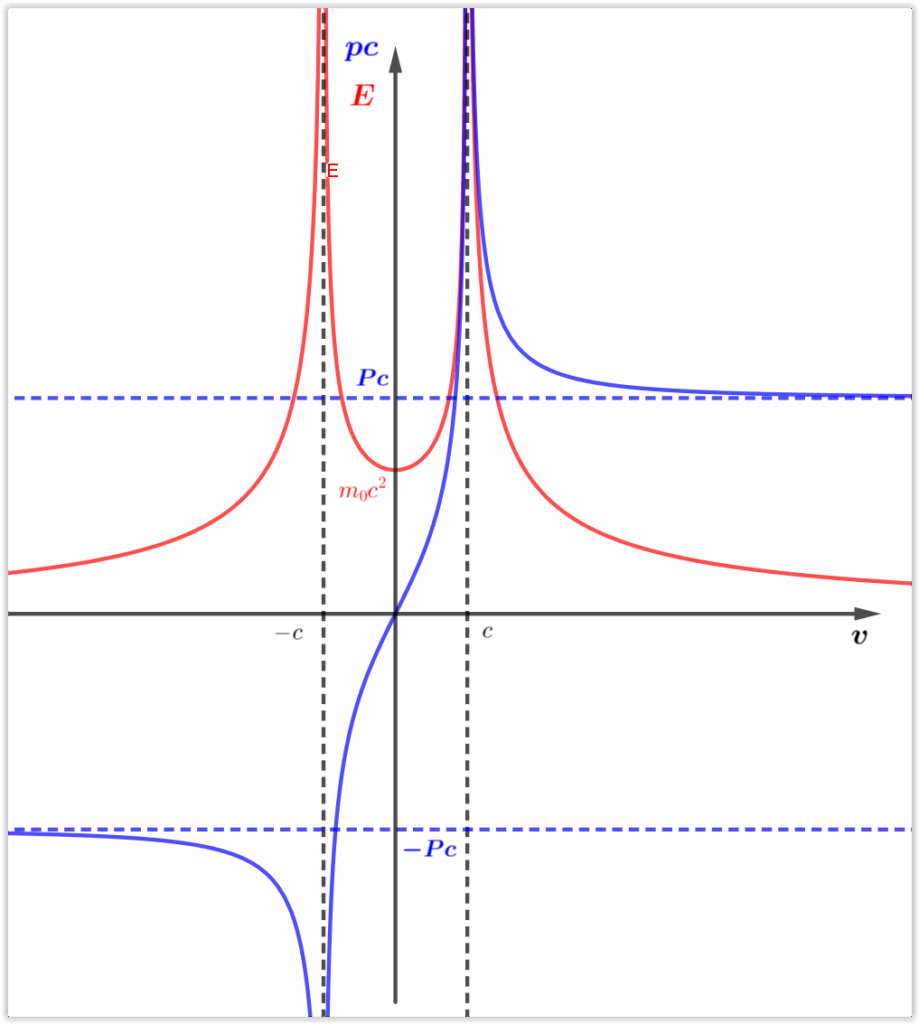
The concept of tachyons arises from the fundamental principles of special relativity, introduced by Albert Einstein. These hypothetical particles are characterized by their ability to exceed the speed of light, leading to intriguing possibilities and paradoxes in the realm of physics. To understand the tachyonic Dirac-type equation, we must first dissect the Dirac equation itself, originally formulated to describe fermions, which are particles that follow the principles of Fermi-Dirac statistics.
To fully appreciate the significance of tachyons, one must consider the historical context of their emergence. The theoretical framework of special relativity, established in the early 20th century, revolutionized our understanding of space and time. Einstein’s postulates, which assert that the speed of light is constant in all inertial frames of reference, laid the groundwork for exploring phenomena that defy conventional physics. In this context, tachyons serve as a thought experiment that pushes the boundaries of our understanding.
Moreover, the Dirac equation’s formulation was a groundbreaking achievement, intertwining quantum theory with relativistic principles. This equation not only described the behavior of electrons but also hinted at deeper symmetries within particle physics. By predicting the existence of antiparticles, it invited further exploration into the nature of matter and antimatter, which remains a foundational aspect of contemporary physics.
One fascinating aspect of tachyons is their implications for quantum communication. The concept of using tachyons to send information could theoretically allow for instantaneous transmission across vast distances, challenging our current understanding of communication limits imposed by the speed of light. This leads to intriguing possibilities in fields such as quantum computing and telecommunications, where the speed of information transfer is paramount.
Additionally, the exploration of tachyons touches upon the foundations of quantum field theory. In scenarios where tachyons might be integrated into quantum field frameworks, physicists could observe potential violations of causality, where effects precede their causes. Such phenomena could illuminate the limitations of our current physical theories and lead to the development of more comprehensive models that accommodate a broader range of possibilities.
Furthermore, the implications of the tachyonic Dirac-type equation extend into the realm of cosmology. Hypothetical tachyonic fields could offer explanations for cosmic inflation, a period of rapid expansion in the early universe. By allowing for superluminal particles, we gain a potential mechanism for understanding the dynamics of cosmic evolution and the properties of dark energy, which remain some of the most significant mysteries in modern cosmology.
The search for experimental evidence of tachyons is a challenging endeavor. Current technologies and methodologies may not yet be equipped to detect such elusive particles. However, advances in high-energy particle physics experiments, including those conducted at large particle colliders, may one day provide the necessary sensitivity to observe tachyonic behavior or effects indirectly.
Ultimately, the study of tachyons and the tachyonic Dirac-type equation symbolizes the ever-evolving pursuit of knowledge in theoretical physics. As researchers continue to explore the nuances of these hypothetical particles, the dialogue between theoretical constructs and empirical evidence will remain a crucial aspect of advancing our understanding of the universe. The journey to uncover truths about tachyons not only reflects the intellectual curiosity that drives scientific inquiry but also underscores the importance of remaining open to new ideas that challenge our existing paradigms.
The Dirac equation is significant because it successfully integrates quantum mechanics with special relativity, providing a framework that accurately predicts the behavior of elementary particles. One notable achievement of this equation was the prediction of negative energy solutions, which ultimately led to the discovery of antimatter. This profound insight has had lasting implications in both theoretical and experimental physics.
Tachyons, while remaining a theoretical construct, have sparked considerable interest among physicists due to their unconventional properties. For instance, tachyons are theorized to possess imaginary mass, a concept that challenges traditional notions of mass and energy. To illustrate this, consider the implications of such particles existing in our universe – they would fundamentally alter our understanding of causality, as their superluminal speeds could allow them to travel backward in time under certain conditions.
Expanding on the possibilities presented by tachyons, we can also explore their potential roles in various physical phenomena. Some physicists have theorized that if tachyons exist, they could serve as mediators for forces in hypothetical models of quantum gravity or string theory. In these frameworks, tachyons might contribute to mechanisms that could unify the fundamental forces of nature, providing a more cohesive understanding of the universe.
The tachyonic Dirac-type equation, therefore, seeks to adapt the traditional Dirac equation to accommodate the properties of tachyons. This adaptation involves modifying the mass terms and exploring solutions that reflect the unique behavior of these hypothetical particles. Researchers delve into the mathematical underpinnings of the equation, seeking to uncover new physical predictions and potential experimental signatures that could point towards the existence of tachyons.
As we navigate this exploration, it is essential to recognize that the implications of tachyonic particles extend beyond theoretical physics. If tachyons could be detected, they would revolutionize our understanding of fundamental physics, allowing for breakthroughs in fields such as quantum mechanics and cosmology. For instance, their existence could offer explanations for enigmatic phenomena like dark energy or provide insights into the early moments of the universe after the Big Bang.
In conclusion, the tachyonic Dirac-type equation represents a fascinating intersection of established physics and speculative theories. By investigating the nature of tachyons and their potential integration into the broader framework of particle physics, we not only challenge existing paradigms but also open the door to new avenues of research. The journey to understand these elusive particles may yield profound insights into the fundamental nature of reality, encouraging continued exploration and inquiry in the ever-evolving field of theoretical physics.